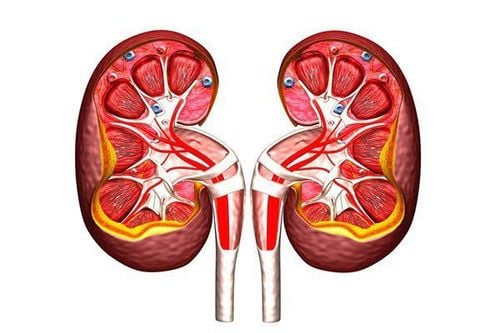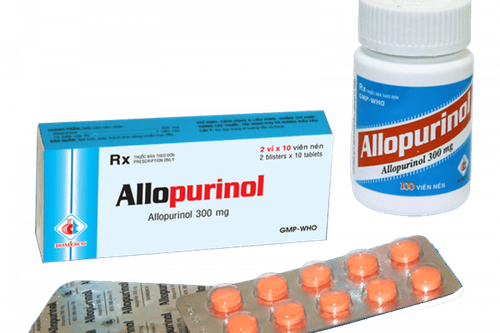This is an automatically translated article.
Potassium is a major cation in cellular electrolytes, facilitating contraction of skeletal and smooth muscle, including cardiac muscle. It is extremely important and indispensable in neuromuscular activities. So how much potassium is normal?1. What is the effect of blood potassium?
Potassium is the major intracellular cation. The daily requirement of potassium for the body is about 1 mmol/kg, 90% of this amount is absorbed from the gastrointestinal tract. Excess potassium is excreted mainly by the kidneys, 90% of the potassium in the filtrate is absorbed in the proximal tubule and loop of Henle. The excretion or absorption of potassium in the distal tubule depends on whether there is excess or deficiency of potassium.
Potassium is essential for normal muscle function, both voluntary (eg arms, hands...) and involuntary (eg heart, intestines...). Severe abnormalities in potassium levels can severely damage heart function, even leading to cardiac arrest and death.

Kali thiết yếu cho chức năng bình thường của cơ
The amount of potassium in the blood varies depending on the amount of potassium inside and outside the cells and the amount of potassium lost through the kidneys, sweat and feces. A normal, well-balanced diet will ensure a relatively complete replenishment of the daily loss of potassium.
2. How much potassium is normal?
Blood potassium helps maintain the body's homeostasis, so hypokalemia or hyperkalemia can both be dangerous to health.
Normal blood potassium level is between 3.5 -5 mEq/l; When does blood potassium decrease? Hypokalemia occurs when serum potassium is <3.5 mmol/l and can cause symptoms such as neuromuscular fatigue, persistent constipation, and abdominal distention. If more severe can cause arrhythmia, ventricular tachycardia, ventricular fibrillation leading to death. Detection of hypokalemia by blood potassium quantification or electrocardiogram; Serum potassium is increased when the serum potassium concentration is > 5 mmol/l. When this ratio is greater than 7 mmol/l, it will be life-threatening. The detected symptoms include: apathy, numbness of the fingertips, decreased tendon reflexes (late appearance). Electrocardiogram shows sharp, balanced and very wide T, prolonged PR segment, maximal leading to loss of P wave, widening QRS, ventricular tachycardia signaling ventricular fibrillation leading to death. If in doubt, it is necessary to do an electrocardiogram immediately for early detection. To know exactly whether your blood potassium status is high, low or normal, you should see your doctor to get the necessary diagnostic measures and early treatment plan in case of abnormal blood potassium levels. often.













